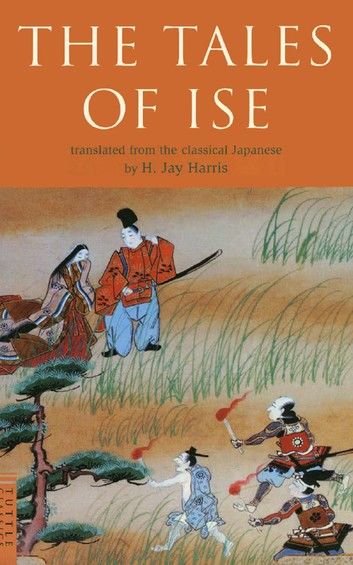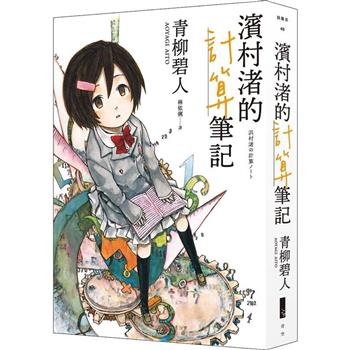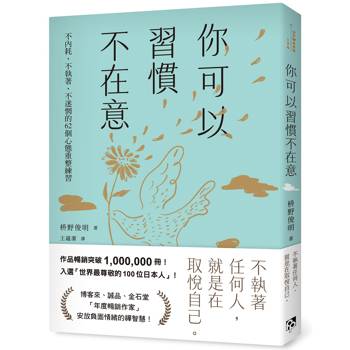| FindBook |
有 1 項符合
Tales of Ise的圖書 |
 |
Tales of Ise 作者:H. Jay Anonymous / 譯者:H. Jay Harris 出版社:Tuttle Publishing 出版日期:2013-01-08 語言:英文 |
| 圖書館借閱 |
| 國家圖書館 | 全國圖書書目資訊網 | 國立公共資訊圖書館 | 電子書服務平台 | MetaCat 跨館整合查詢 |
| 臺北市立圖書館 | 新北市立圖書館 | 基隆市公共圖書館 | 桃園市立圖書館 | 新竹縣公共圖書館 |
| 苗栗縣立圖書館 | 臺中市立圖書館 | 彰化縣公共圖書館 | 南投縣文化局 | 雲林縣公共圖書館 |
| 嘉義縣圖書館 | 臺南市立圖書館 | 高雄市立圖書館 | 屏東縣公共圖書館 | 宜蘭縣公共圖書館 |
| 花蓮縣文化局 | 臺東縣文化處 |
|
|
Revered as one of the great literary classics of Japan, The Tales of Ise is an anonymous tenthcentury collection of Japanese poems and prose.
First published in 1608 as Isemonogatori, the work is a product of court life in which the romantic assignations, intrigues, and social standards of aristocratic society in ancient Japan are vividly revealed. Each of the 125 episodes in the book consists of a story plus poetry in the uta form (five lines totaling thirtyone syllables) following the life of a nameless hero, who embodies the social ideals of the era, from his "coming of age" to his death.
Arihara no Narihira, a ninthcentury cavalier poet known for his individualism and elegance, is considered to be the author of a third of the poems, and it has been suggested that The Tales of Ise developed from his journal. The text is accompanied by an introduction by the translator, explanations of the cultural, literary, and historical material relevant to each episode, and several diagrams of the capital city and the Imperial Palace. The book is further enhanced by sixteen black and white woodblock prints by an unknown artist of the Tosa school.
|










